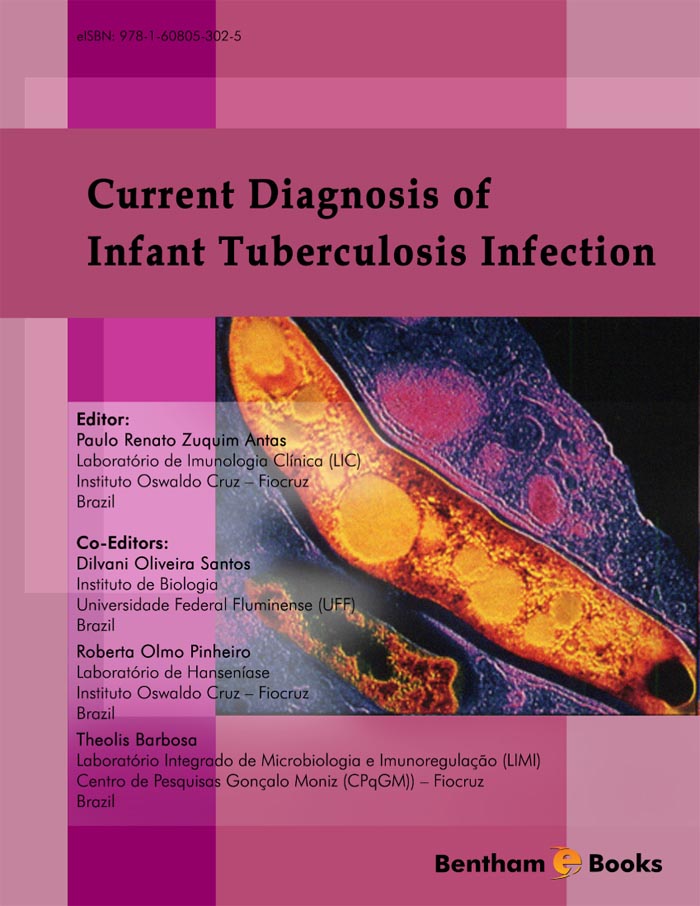Preface
One of the most extraordinary characteristics of M. tuberculosis infection is its capacity to remain within the host's tissues for a long period of time. There is an enormous reservoir of persons latently infected with tuberculosis, estimated at about a third of the world's population. From this reservoir arise about 10 million new cases of active tuberculosis and more than two million deaths annually.
The natural history and clinical expression of infection due to M. tuberculosis differ substantially in children depending upon the age at infection and the host immune status. Children infected prior to age 4 are very unlikely to develop reactivation disease in adulthood, however, they have a very high rate of developing immediate clinical or radiographic manifestations, or both. In contrast, children infected in preadolescence or adolescence are more prone to develop more severe adult-type pulmonary tuberculosis soon after infection or in adulthood. Also, children with tuberculosis respond well to and tolerate the same basic treatment regimens as used for adults. Some prevention of childhood tuberculosis can be achieved by the use of the bacille Calmette-Guérin (BCG) vaccines, but the use of chemotherapy to treat recent tuberculosis infection, discovered via contact tracing, is of paramount importance even when BCG vaccines are used.
The purpose of this ebook, "Current Diagnosis of Infant Tuberculosis Infection", is to introduce the reader the main problems involved in the diagnosis of this disease, giving an overview of commercially available options while, unlike most reviews on the subject, also explore tools currently under development. Our goal is to provide a comprehensive overview and update for the reader, particularly for pediatricians. Furthermore we hope the text is of use to universities and research centers, as well as all interested hospital personnel. We believe that providing understandable and practice-oriented information on this subject, while keeping in mind frontier research developments, will help clinicians improve their diagnostic skills regarding tuberculosis infection in child. Each co-author provides the view from his/her field of expertise, benefiting from the experience of working with mycobacteriosis in the endemic country of Brazil. Brazil is one of the 22 countries listed with the highest burden of tuberculosis worldwide. We emphasize a knowledge-based product of the highest quality for the academic, professional, and student communities worldwide.
We would like to express our sincere appreciation to all of the authors who contributed chapters to this e-book. We also would like to thank Bentham Science Publishers for their very kind support and efforts.
EDITOR
Paulo R.Z. Antas
Laboratório de Imunologia Clínica
Instituto Oswaldo Cruz, Fiocruz, Rio de Janeiro
Brazil.
CO-EDITOR(s)
Dilvani O. Santos
Laboratório de Biopatógenos e
Ativação Celular
Instituto de Biologia
Universidade Federal
Fluminense
Niterói, Brazil
Roberta O. Pinheiro
Laboratório de
Hanseníase
Instituto Oswaldo Cruz
Fiocruz
Rio de Janeiro, Brazil
Theolis Barbosa
Laboratório Integrado de
Microbiologia e Imunoregulação
Centro de Pesquisas Gonçalo
Moniz, Fiocruz, Salvador
Brazil

